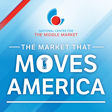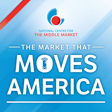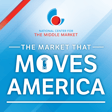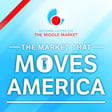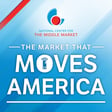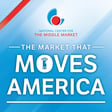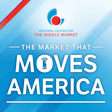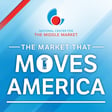
Navigating Global Supply Chain and Economic Uncertainty
In this episode of the NCMM podcast, we sit down with Dr. Mike Knemeyer, Professor of Logistics and Supply Chain Management at The Ohio State University, and Jeremy Jansen, Head of Global Originations for Wells Fargo Supply Chain Finance. Together, they explore how middle market firms are adapting to ongoing supply chain disruptions, economic uncertainty, and shifting trade policies. From short-term tactics like inventory front-loading to long-term strategies around diversification, financing tools, and global resilience, this conversation sheds light on how businesses can turn volatility into opportunity.
For more on this topic, check out the Wells Fargo report From factory to checkout: The supply chain story you didn’t know you were living.
